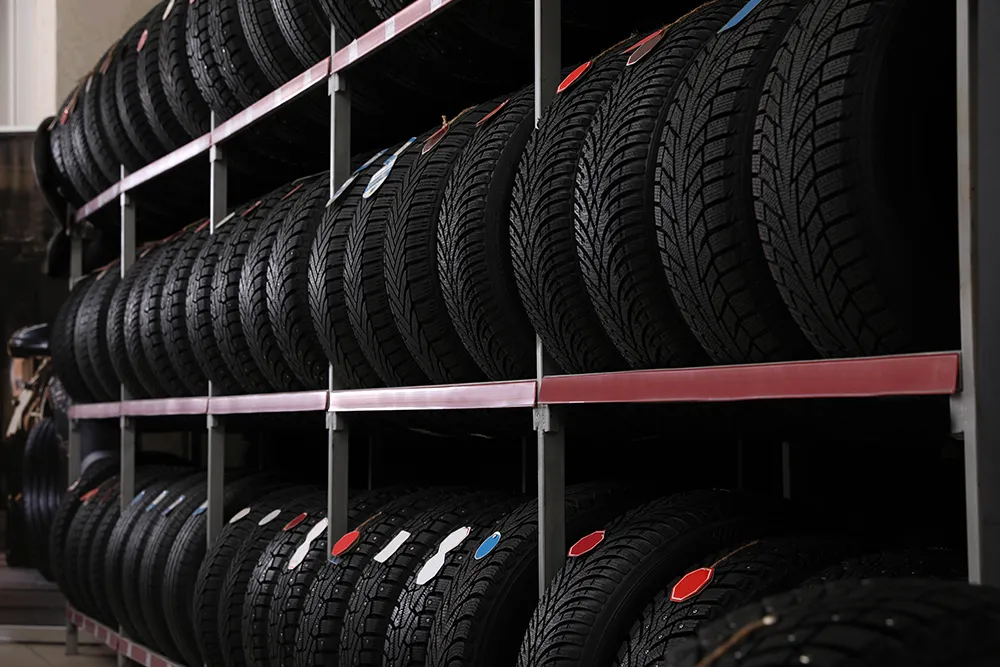As the winter season transitions into spring, it’s important to pay special attention to your vehicle’s tires. Your tires are crucial to your safety on the road, and proper maintenance can extend their lifespan and improve your vehicle’s performance. In this article, we will discuss some essential tips for maintaining your tires after the harsh winter months.
1. Check Tire Pressure Regularly
Fluctuating temperatures during the transition from winter to spring can impact your tire pressure. It’s essential to regularly check your tire pressure to ensure optimal performance. Underinflated tires can lead to reduced fuel efficiency and uneven wear, while overinflated tires can affect handling and braking. Refer to your vehicle’s manual for the recommended tire pressure and use a reliable pressure gauge to check and adjust as needed.
2. Inspect Tread Depth
Winter driving conditions can accelerate tire wear, especially if your tires were not properly inflated or aligned. Check the tread depth of your tires to ensure they are not worn beyond safe limits. Insert a penny into the tread with Lincoln’s head upside down; if you can see the top of Lincoln’s head, it’s time to replace your tires. Adequate tread depth is essential for traction on wet spring roads.
3. Rotate Your Tires
To promote even wear and prolong the lifespan of your tires, it’s recommended to have them rotated regularly. Tire rotation patterns vary based on whether your vehicle is front-wheel drive, rear-wheel drive, or all-wheel drive. Consult your mechanic or refer to your vehicle’s manual for the appropriate rotation pattern. Regular tire rotations can help maintain balanced handling and traction across all four tires.
4. Align Your Wheels
Potholes and rough winter roads can knock your wheels out of alignment, leading to uneven tire wear and compromised handling. If you notice your vehicle pulling to one side or experience steering wheel vibrations, it may be time to have your wheels aligned. A professional wheel alignment will ensure that your tires make proper contact with the road, improving stability and fuel efficiency.
5. Inspect for Damage
Winter roads can be unforgiving, with potholes, debris, and road salt causing potential damage to your tires. Inspect your tires for any signs of punctures, cuts, or bulges. Even small damages can worsen over time and lead to tire failure. If you notice any unusual wear patterns or damage, have your tires inspected by a professional technician.
6. Maintain Proper Wheel Balance
Unbalanced wheels can cause uneven tire wear and vibration, affecting your driving comfort and safety. If you feel vibrations in the steering wheel or vehicle at certain speeds, it may indicate that your wheels are out of balance. A professional wheel balancing service can redistribute the weight around your wheels, ensuring smooth and stable performance.
7. Consider Tire Storage
If you use winter tires during the colder months, proper storage is essential to maintain their quality. Store your winter tires in a cool, dry place away from direct sunlight and sources of heat. Make sure to clean and thoroughly dry the tires before storage to prevent moisture buildup and deterioration. Consider using tire totes or racks to stack and protect your tires during the off-season.
Final Thoughts
Taking care of your tires is a year-round responsibility, but the transition from winter to spring is a critical time to assess their condition and address any issues that may have arisen during the colder months. By following these spring tire care tips, you can ensure your tires are in top condition for safe and efficient driving in the warmer weather ahead. Remember, proper tire maintenance not only enhances your driving experience but also contributes to overall road safety.

